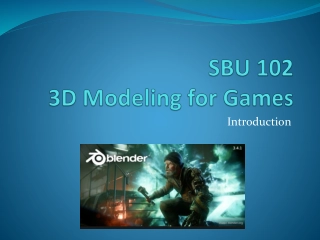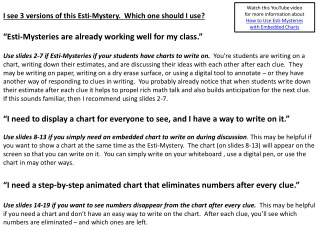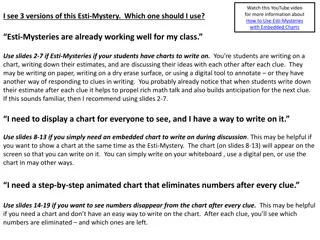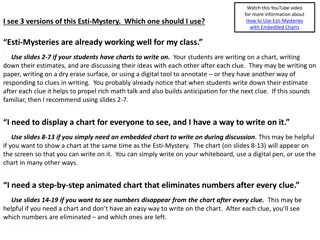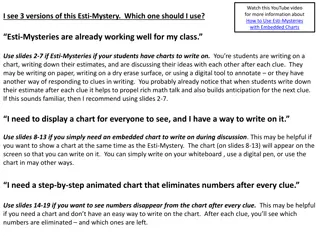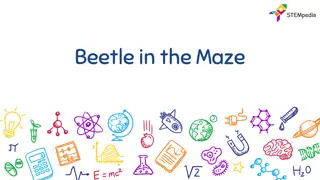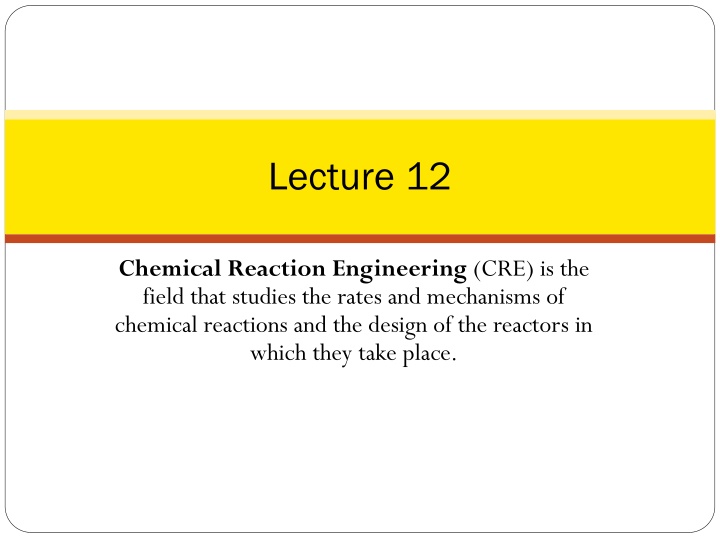
Chemical Reaction Engineering: Rates, Reactors, and Design
Delve into the world of Chemical Reaction Engineering (CRE) to explore the rates, mechanisms, and reactor design of chemical reactions. Learn about topics such as selectivity, yield, multiple reactions, gas-phase reactions, and more through detailed lectures and visual aids.
Download Presentation

Please find below an Image/Link to download the presentation.
The content on the website is provided AS IS for your information and personal use only. It may not be sold, licensed, or shared on other websites without obtaining consent from the author. If you encounter any issues during the download, it is possible that the publisher has removed the file from their server.
You are allowed to download the files provided on this website for personal or commercial use, subject to the condition that they are used lawfully. All files are the property of their respective owners.
The content on the website is provided AS IS for your information and personal use only. It may not be sold, licensed, or shared on other websites without obtaining consent from the author.
E N D
Presentation Transcript
Lecture 12 Chemical Reaction Engineering (CRE) is the field that studies the rates and mechanisms of chemical reactions and the design of the reactors in which they take place.
Lecture 12 Lecture 12 Tuesday Tuesday Multiple Reactions kD D A Selectivity and Yield kU U A Series Reactions A B C C + D A + B Complex Reactions E A + C 2 2
4 Types of Multiple Reactions Series: A B C Parallel: A D A U Independent: A B C D Complex: A + B C + D A + C E With multiple reactors, either molar flow or number of moles must be used (no conversion!) 3 3
Selectivity and Yield There are two types of selectivity and yield: Instantaneous and Overall. Instantaneous Overall ~ F r = = D S D S Selectivity DU DU F r U U r F ~ = = D r D Y Y Yield D D F F 0 A A A 4 4
Selectivity and Yield + + 1k k A A B B D U = = 2 Example: Desired Product: Undesired Product: r r k k C 1 C 2 C D A C B 2 U A B 2 r k C 1 C k = = = 1 D A B S C D U A r k C C k 2 2 U A B To maximize the selectivity of D with respect to U run at high concentration of A and use PFR. 5
Gas Phase Multiple Reactions 6 6
Multiple Reactions A) Mole Balance of each and every species Flow Batch dF dN = = A A r r V A A dV dt dF dN = = B B r r V B B dV dt 7 7
Multiple Reactions B) Rates = r k C C 1 1 A A A B a) Rate Law for each reaction: = r k C C 2 2 A A C A = = + b) Net Rates: r r r r 1 2 A iA A A = 1 i riA -ai =riB -bi =riC =riD c) Relative Rates: ci di 8 8
Multiple Reactions C) Stoichiometry T F P = 0 A C C Gas: 0 A T F P T 0 0 A C = F Liquid: 0 A A Example: A B C (1) A B k1 (2) B C k2 9 9
Batch Series Reactions 1) Mole Balances dN A = r V A dt dN = r V B B dt dN = C r V C dt V=V0(constant batch) dC dC dC = = = C A B r r r A A A dt dt dt 10 10
Batch Series Reactions 2) Rate Laws = r k C 1 A 1 A A Laws = r k C 1 B = 1 B B r r A 1 A Net rates = + r r r B 1 B r 1 2 B r = 1 A B 1 1 Relative rates r r = 2 C 2 B 1 1 11 11
Example: Batch Series Reactions Ci A B C B C (1) A B A (2) B C topt t 1) Mole Balances V = V O dC dC dC = = = C A B r r r A B C dt dt dt 12 12
Example: Batch Series Reactions 2) Rate Laws = Laws: r k C 1 A 1 A = r k C 2 B 2 B r r r r Relative: = = 2 C 1 A 1 B 2 B 1 1 1 1 13 13
Example: Batch Series Reactions 3) Combine dC Species A: = = A r k C A 1 A dt = ( ) t 1 C C exp k A A 0 dC Species B: = r B B dt = = + = r r r r k C k C B B NET 1 B 2 B 1 A 2 B dC ( ) t 1 + = B k C k C 1 exp k 2 B A 0 dt 14 14
Example: Batch Series Reactions ( ) ( ) t 2 = = F . . exp exp I k dt k Using the integrating factor, 2 ( ) exp C k t ( )t = exp 2 B d k C 1 k k 0 2 1 A dt at t = 0, CB=0 CB=k1CA0 exp -k1t ( )-exp -k2t ( ) k2-k1 = C C C k C 0 C A A ( 1 B ) ( 1 ) C = k t k t 0 A C e k e 1 2 2 1 C k k 2 1 15 15
Example: CSTR Series Reactions A B C What is the optimal ? 1) Mole Balances A: v + = r 0 V F F r V 0 A A A + = 0 C C v 0 0 0 A A A + A r = 0 C C 0 A A C + B r = 0 0 v C r V B: 0 B B + = 0 B 16 16
Example: CSTR Series Reactions A B C 2) Rate Laws Laws: = r k C 1 A 1 A = r k C 2 B 2 B r r r r Relative: = = 2 C 1 A 1 B 2 B 1 1 1 1 = = + = 0 + r r r k C k C = Net: 1 1 A A r A r k C 1 2 1 2 B A B A B 17 17
Example: CSTR Series Reactions A B C CA0-CA- k1CAt = 0 CA0 1+ k1t -CB+ k1CA- k2CB ( CB=k1CAt 1+ k2t k1CA0t 1+ k2t ( 3) Combine CA= )t = 0 CB= ) 1+ k1t ( ) 18 18
Example: CSTR Series Reactions A B C Find that gives maximum concentration of B 0 1 + k C = 1 A C ( )( ) B + 2 1 k 1 k 1 k1k2 max= dCB d =0 19 19
20 20
End of Lecture 12 21 21
Supplementary Slides 22 22
Blood Coagulation 23 23
24 24
Notations 25 25
Notations 26 26
Mole Balances 27 27
Mole Balances 28 28
Mole Balances 29 29
Results 30 30
Blood Coagulation Many metabolic reactions involve a large number of sequential reactions, such as those that occur in the coagulation of blood. Cut Blood Clotting Figure A. Normal Clot Coagulation of blood (picture courtesy of: Mebs, Venomous and Poisonous Animals, Medpharm, Stugart 2002, Page 305) 31
Cut A + B C D E F Clot 33 33

